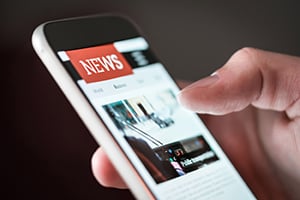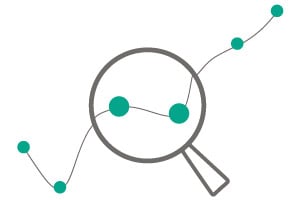What mattered this week? Well, on top of it being a short week, there simply wasn’t much happening. The one piece of economic data that mattered, the ISM Services survey, surprised to the upside. This result indicated that service businesses, on the whole, are not only still in expansion mode but are even feeling better. That is good news from an economic perspective and, on top of the last jobs report, signals that the economy continues to grow.














